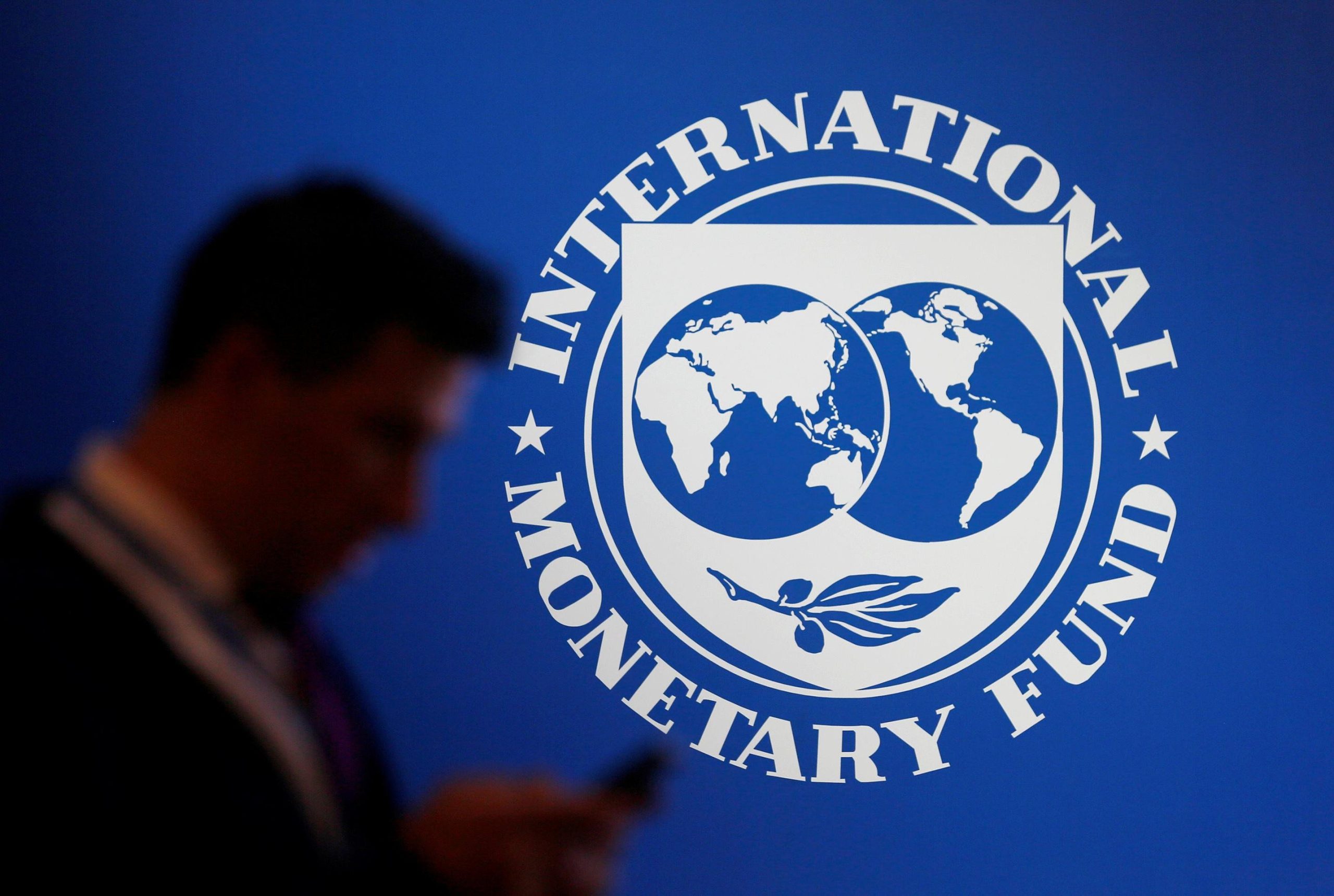”
KARACHI:
Pakistan’s central bank reported on Tuesday that it has received the International Monetary Fund’s (IMF) last tranche of $1.1 billion.
This injection arrives as the nation’s foreign exchange reserves, managed by the State Bank of Pakistan (SBP), have notably risen to approximately $9 billion, bolstering the stability of the rupee against the US dollar. Previously, the central bank had disclosed reserves reaching around $8 billion.
The IMF’s executive board granted its final approval for the tranche release on Monday. The country had achieved a staff-level agreement with the IMF in mid-March 2024, following the global lender’s successful completion of the second and final review of the domestic economy under the standby arrangement (SBA) of $3 billion.
Read more: Shehbaz hopeful IMF tranche to bring economic stability
In a statement, the SBP confirmed that it has received SDR 828 million (equivalent to around US$ 1.1 billion) from the IMF. The amount shall be reflected in SBP’s foreign exchange reserves for the week ending on May 3.
It is the second bailout package that the country completed in past eight years. Last time, it had successfully implementing the $6 billion Extended Fund Facility (EEF) from 2013-16. But it again had to seek another bailout package in 2019, which remained unsuccessful.
In July last year, Pakistan had signed the nine-month $3 billion SBA, which stabilised the economy and brought the current account deficit under control. However, the budget deficit remained out of the control and is going to end around 7.4% of the GDP as per IMF’s estimates.
Read IMF sees further uptick in Pakistan’s inflation
The SBA also led to a significant increase in the burden on the people in the shape of higher taxes on the salaried class and an exorbitant hike in the prices of fuel, gas and electricity. The SBP lost its autonomy to the IMF and has remained unable to lower the interest rates despite a significant reduction in the current and the forwarding looking inflation projections.
Despite the IMF programme, Pakistan could not attract sufficient foreign debt related inflows. As a result, the central bank also had to resort to over $5 billion purchases from the market to keep the reserves stable around $8 billion.
The international credit rating agencies also did not improve Pakistan’s credit ratings in spite of the successful completion of the IMF programme. The highly risky credit ratings kept the foreign private lenders away from Pakistan.
The IMF noted that Pakistan’s economic and financial position had improved in the months after the first review. It added that growth and confidence in the country continued to recover on the back of prudent policy management as well as the resumption of inflows from multilateral and bilateral partners.
For the ongoing fiscal year, the government had set the GDP growth target at 3.5% and the inflation at 21%. The last IMF report showed that Pakistan’s economy might grow by 2% and its inflation rate would hover around 25%.
The only area of success under the IMF deal was that the country performed well in reducing the current account deficit, which even remained better than the IMF’s expectations. This was achieved by restricting imports as there has not been much improvement in the exports. The remittances remained under stress during the programme period.
Pakistan has already expressed an interest in a successor medium-term EEF programme with the aim of permanently resolving the country’s fiscal and external sustainability weaknesses, strengthening its economic recovery as well as laying the foundations for strong, sustainable, and inclusive growth.
”
